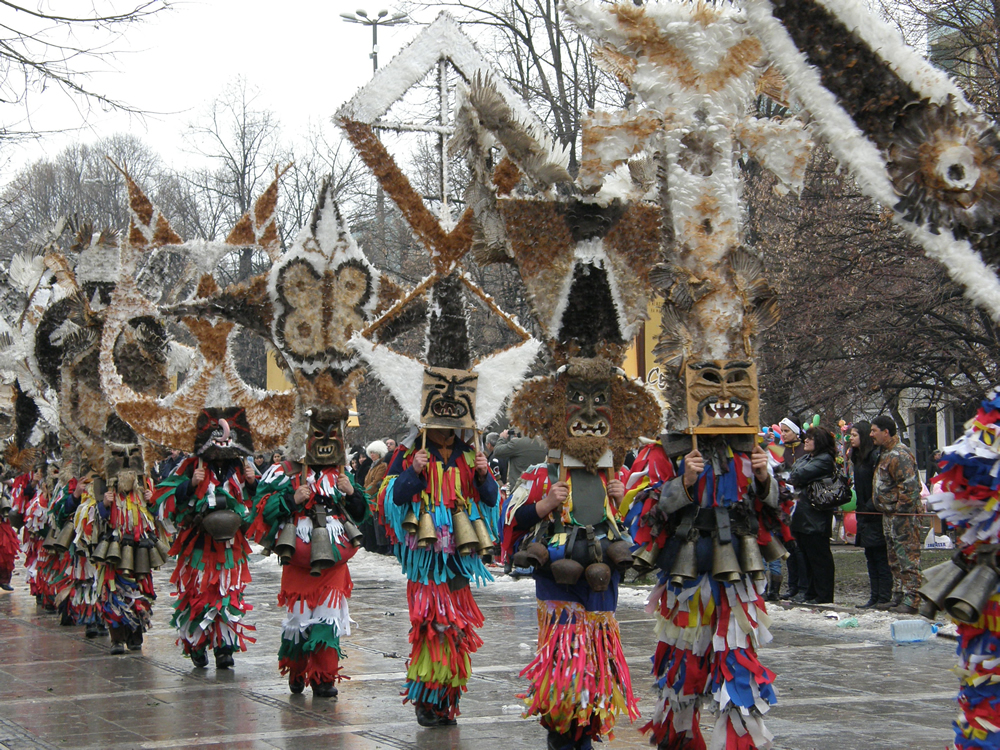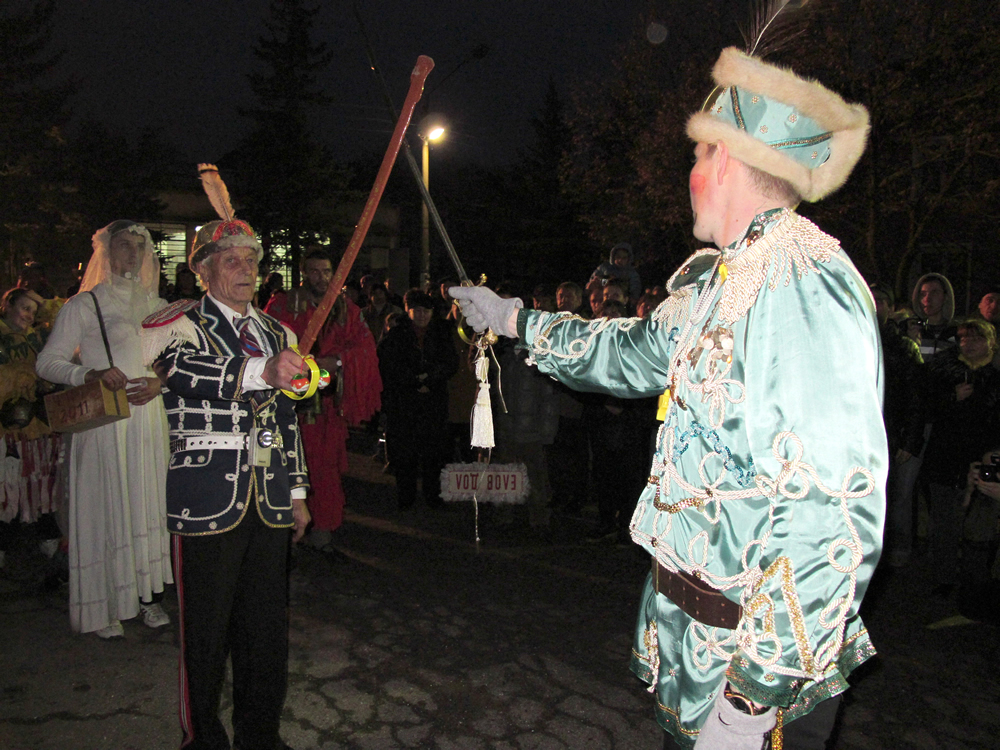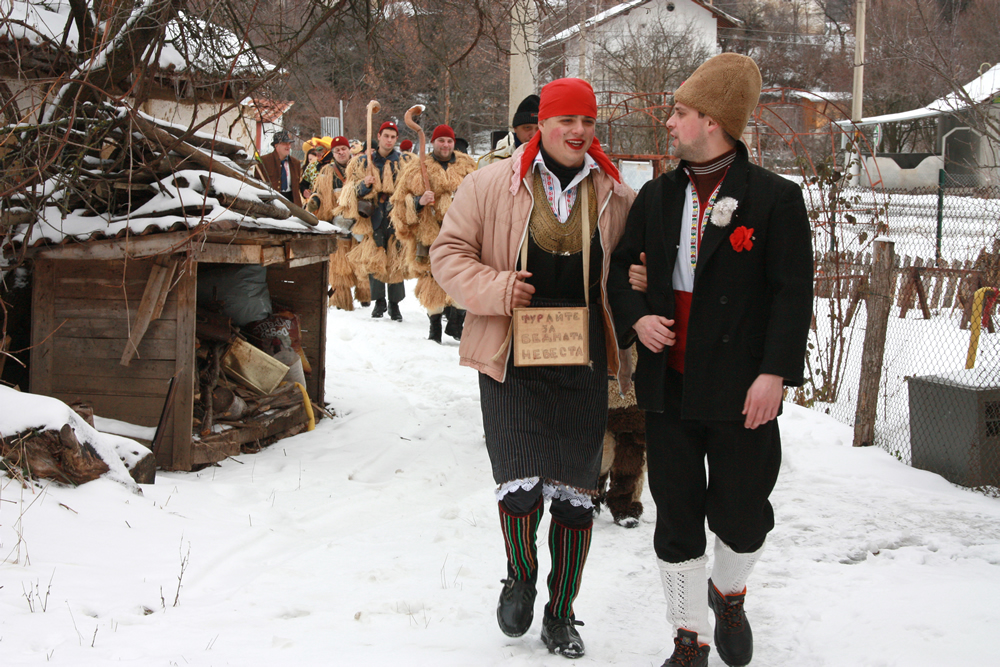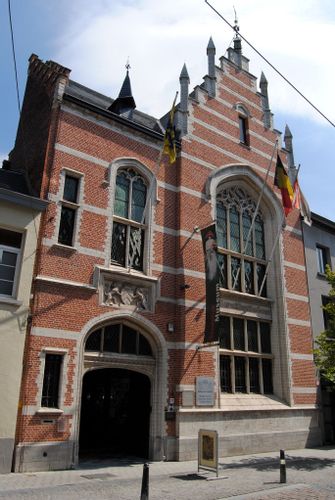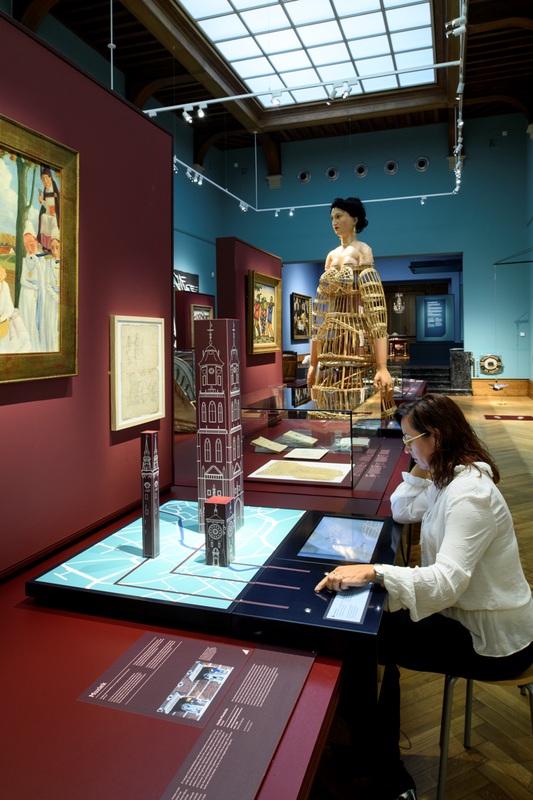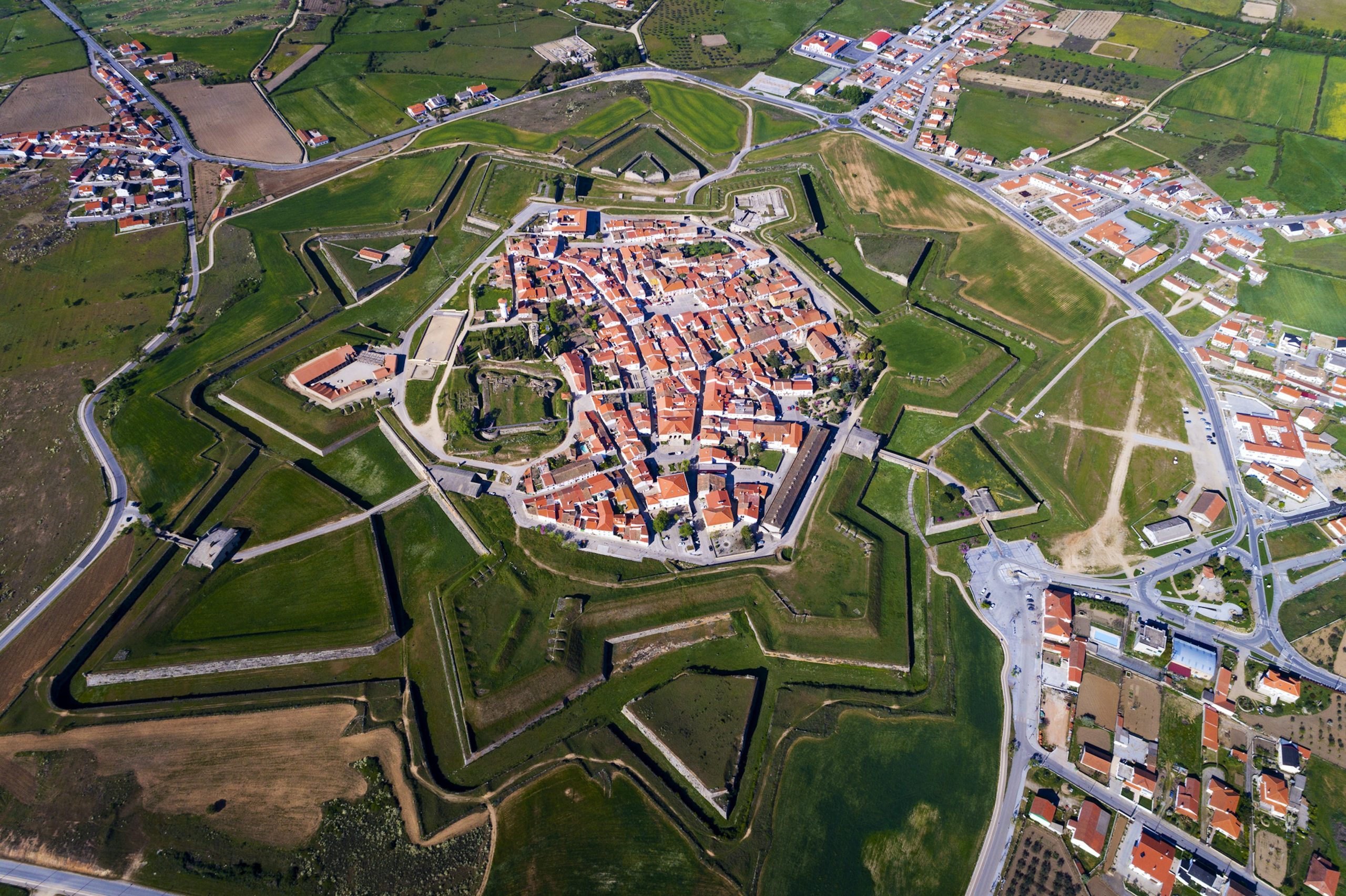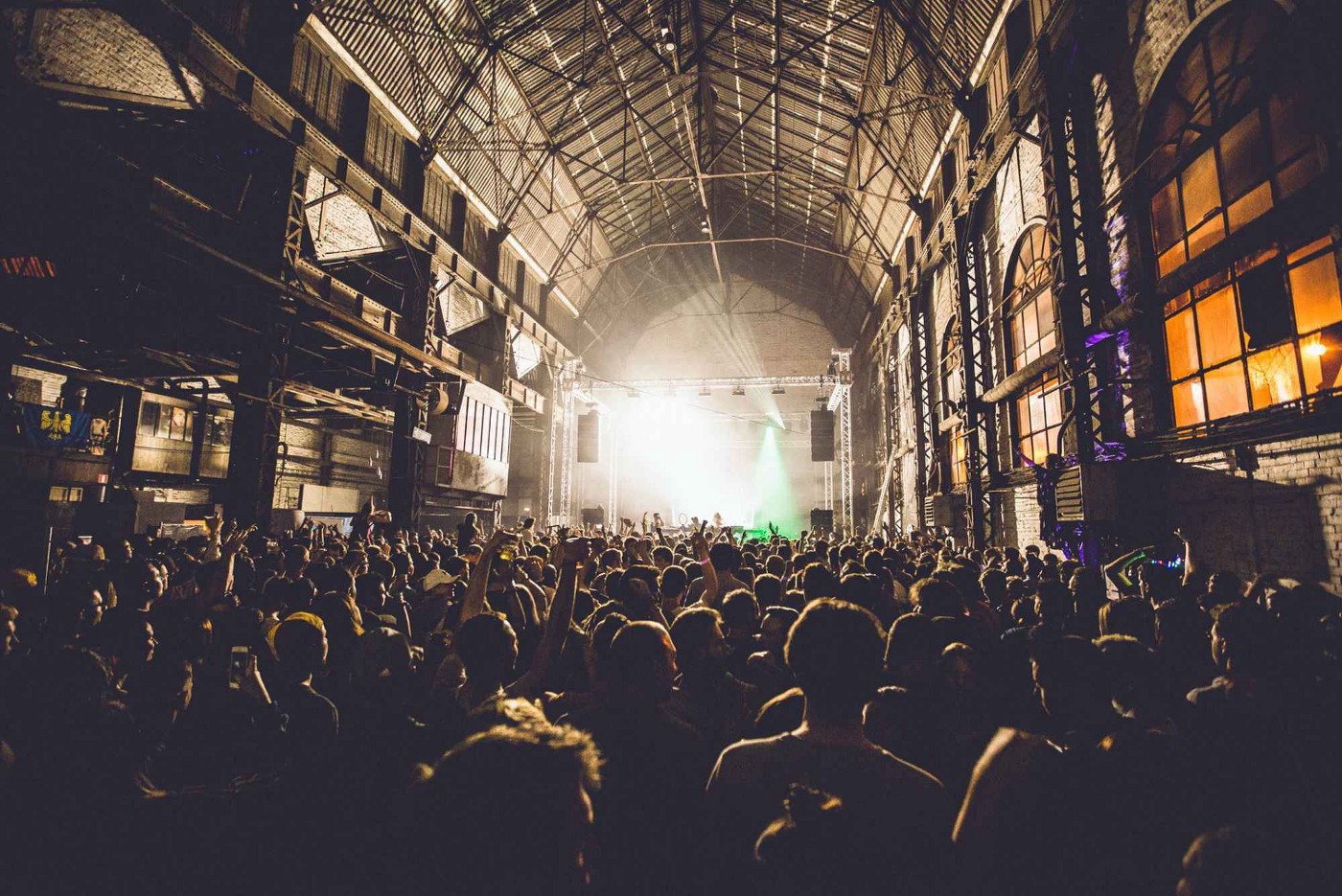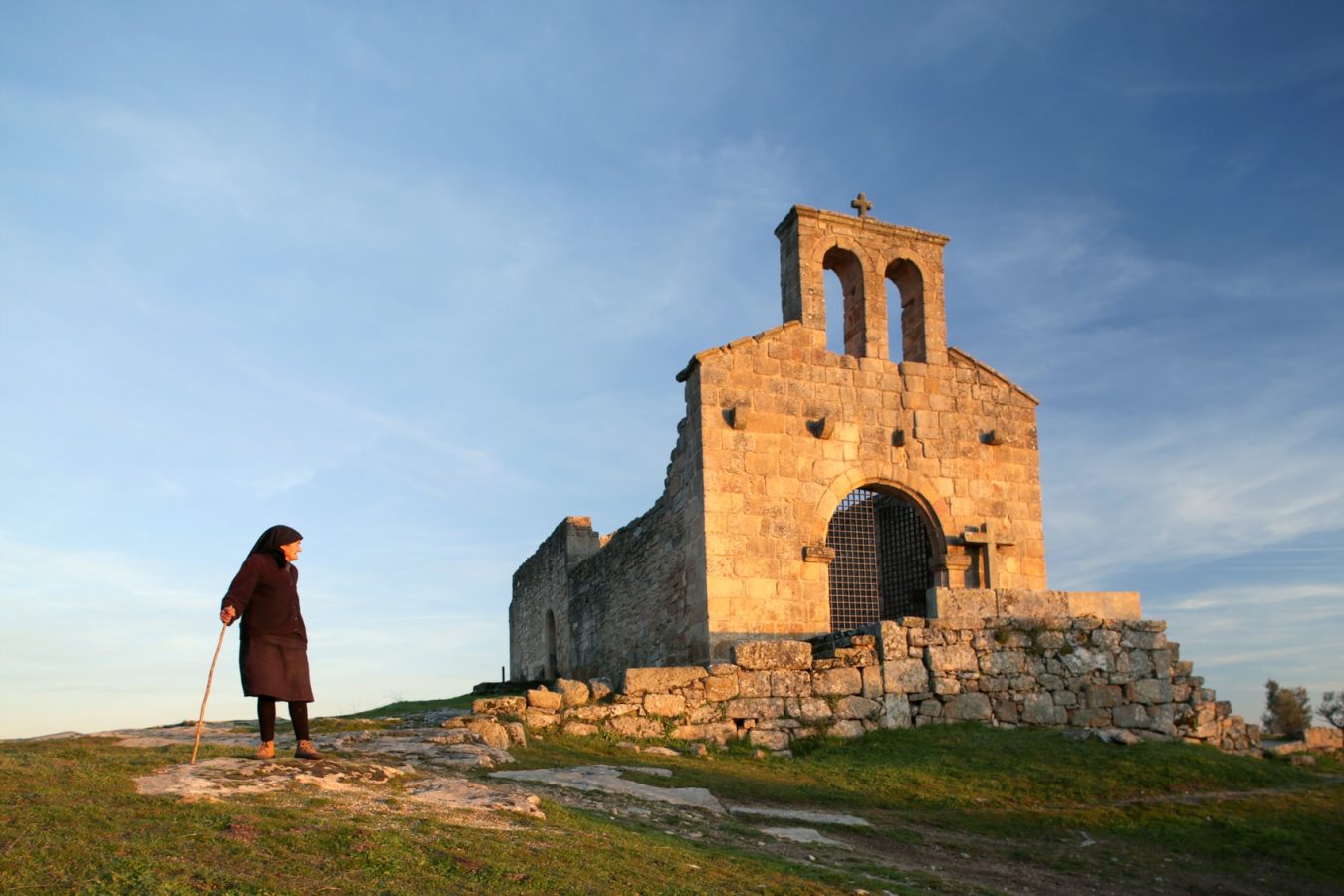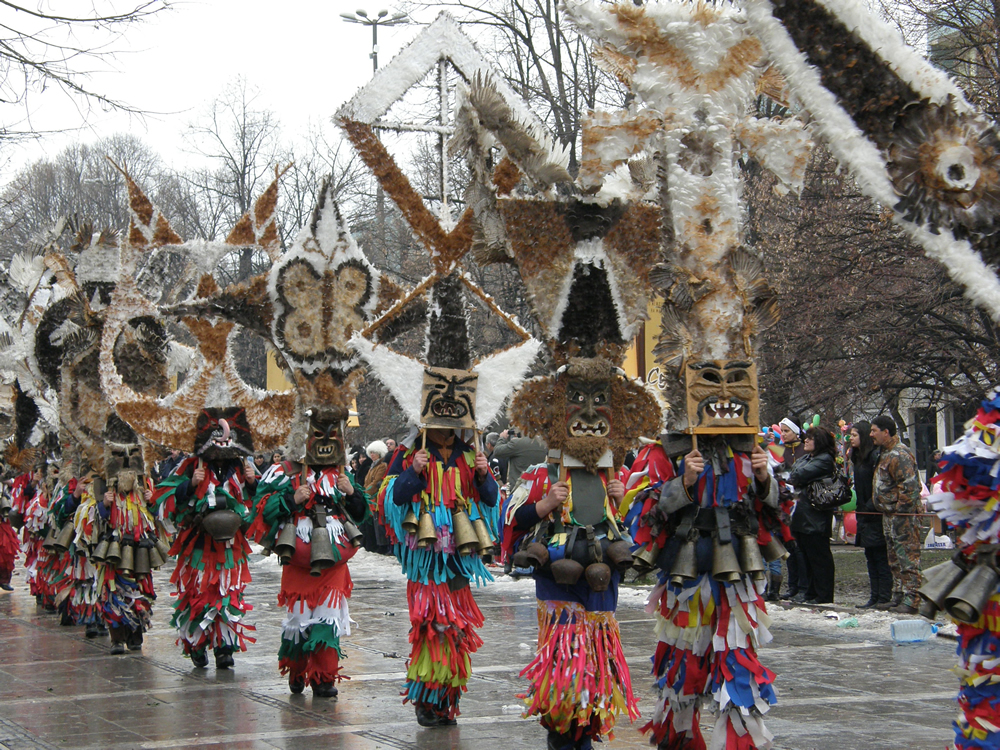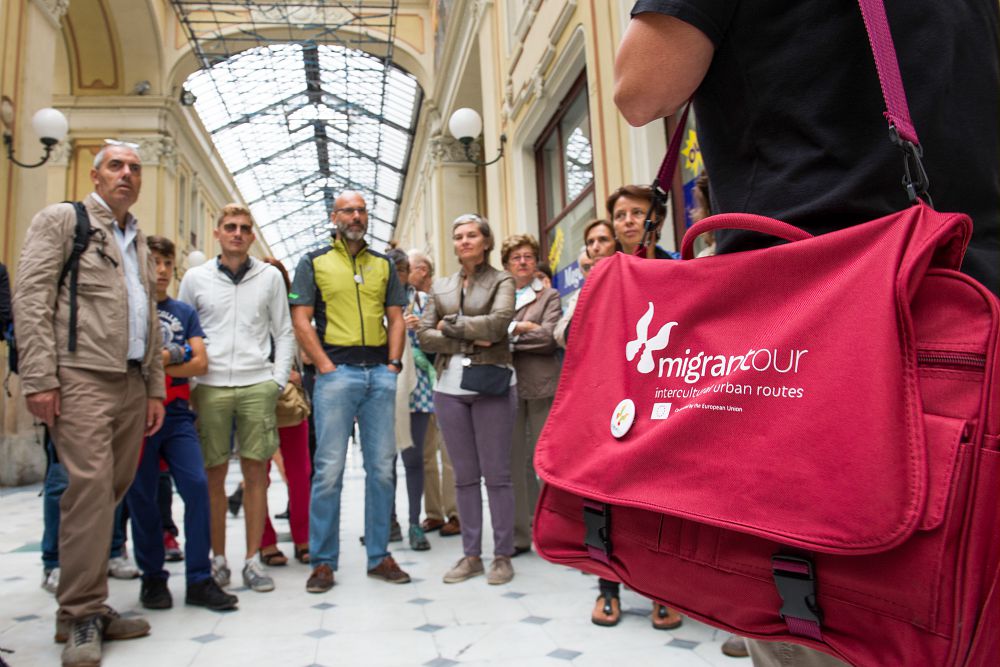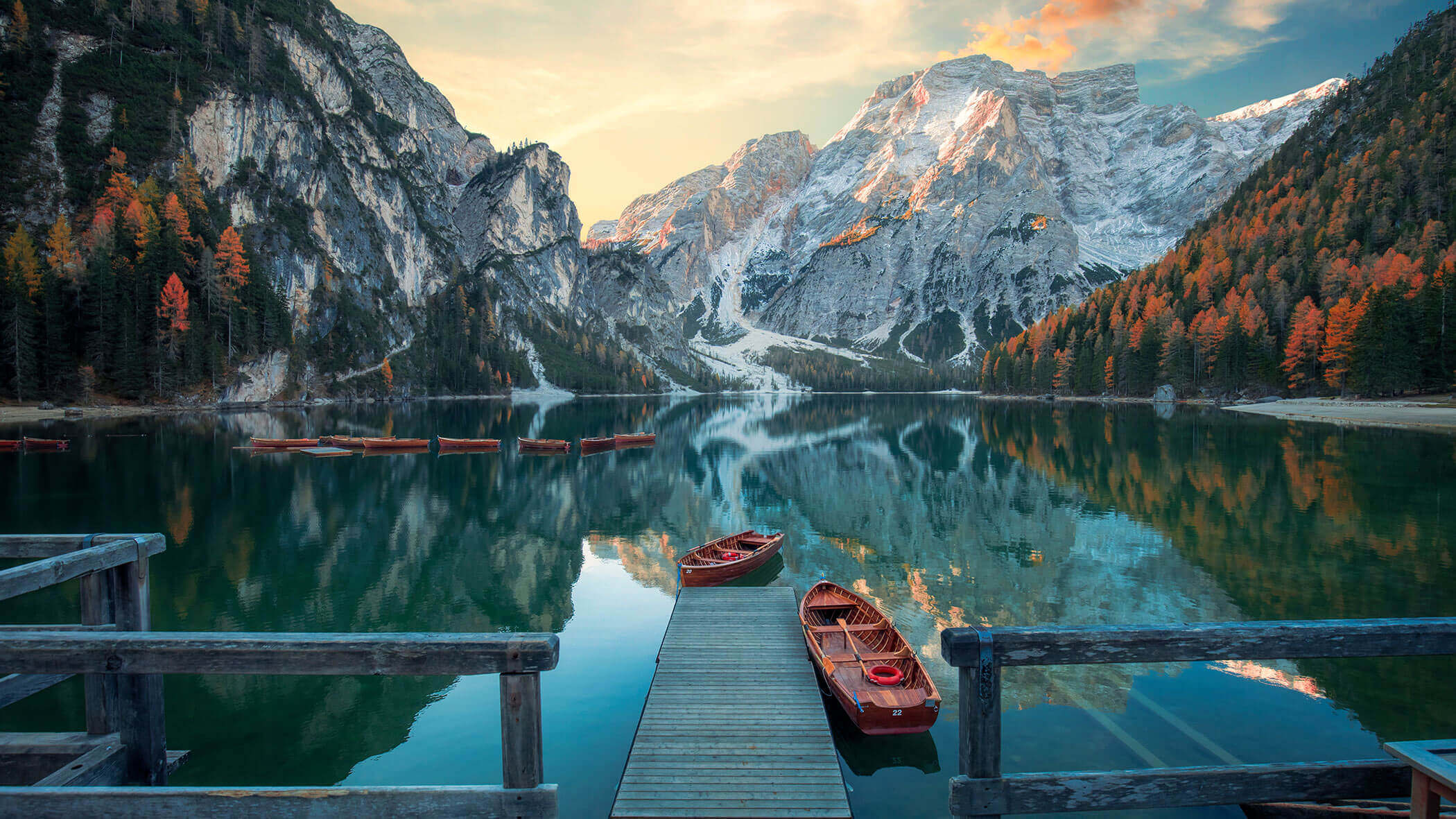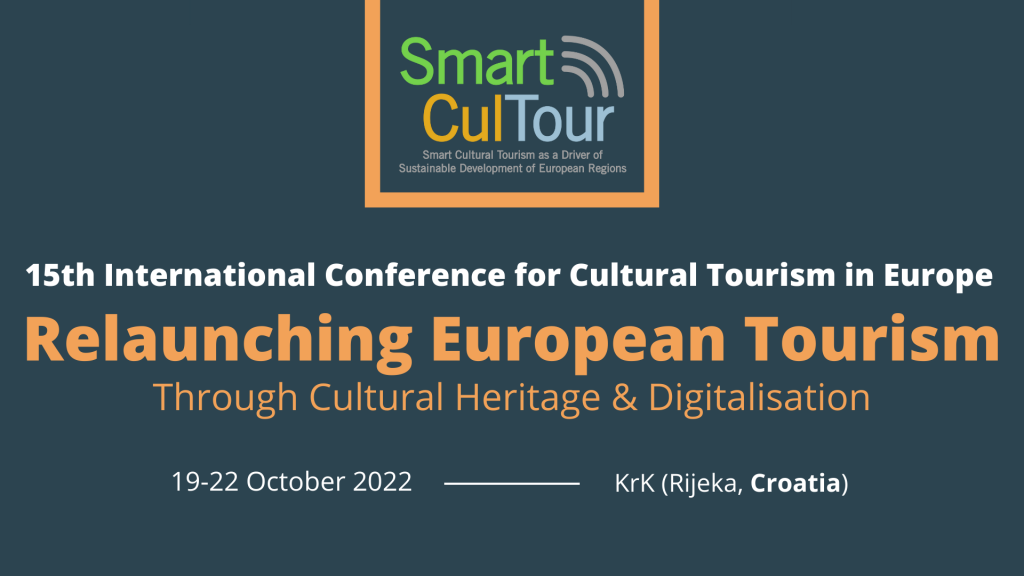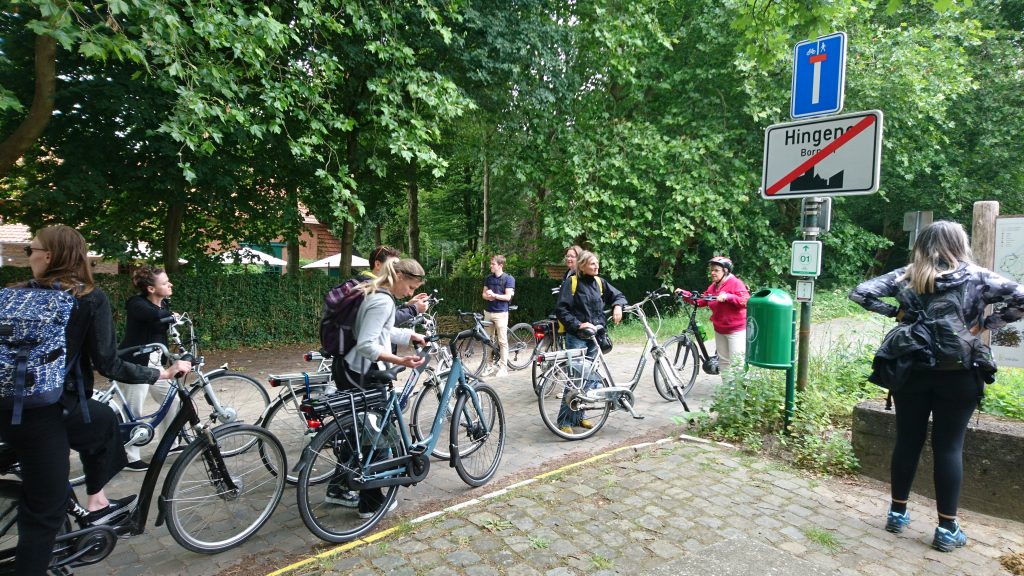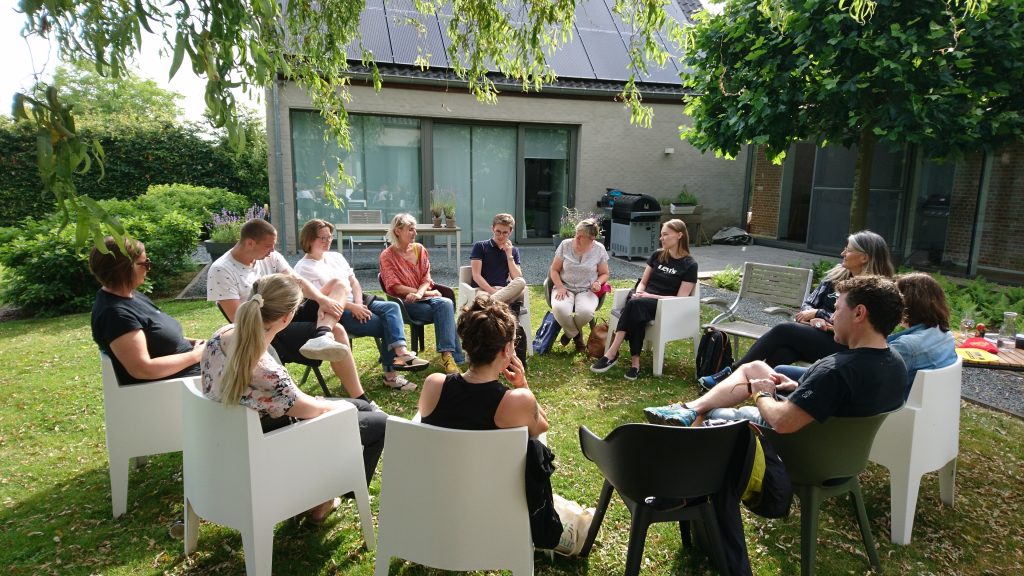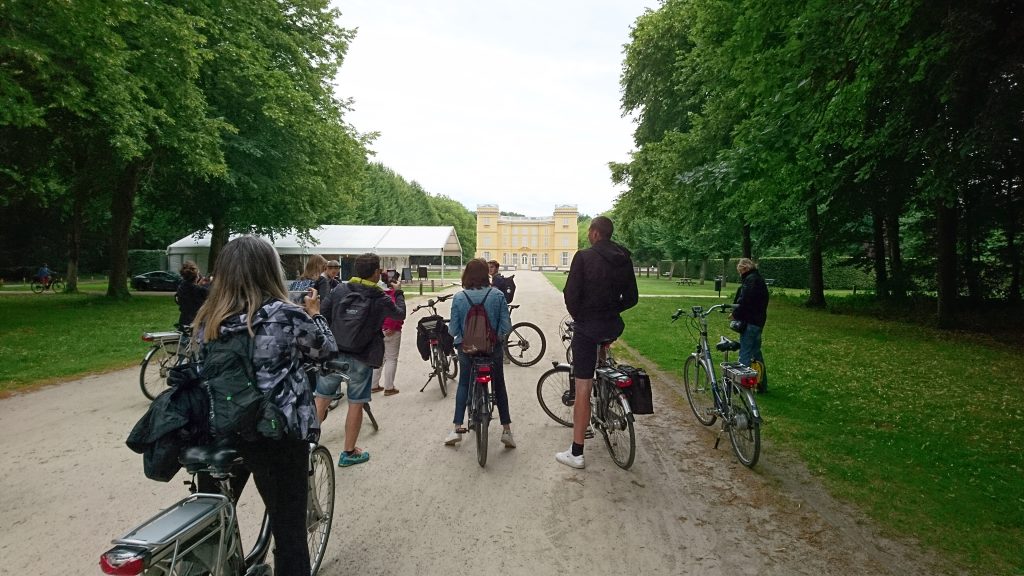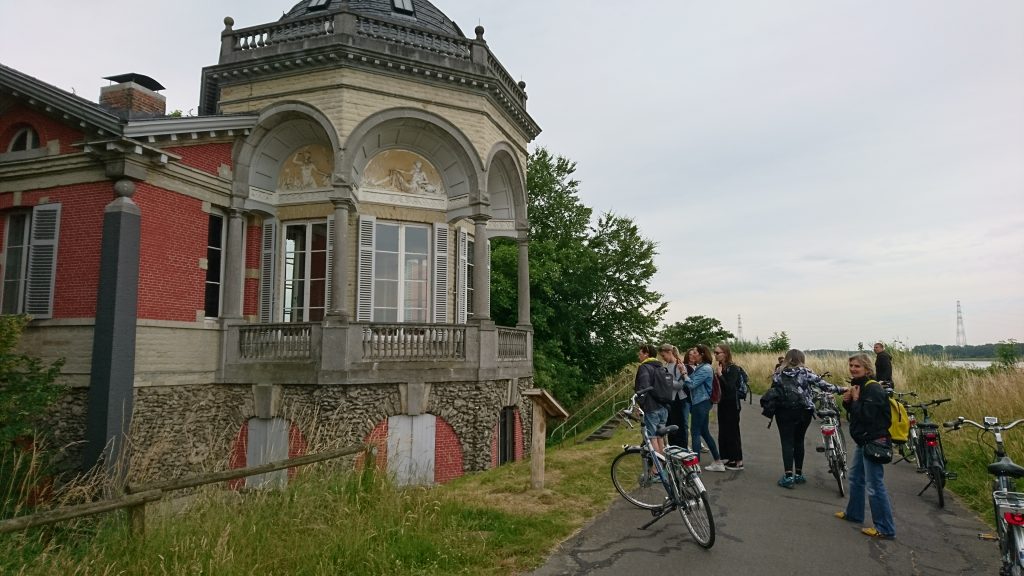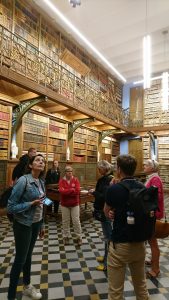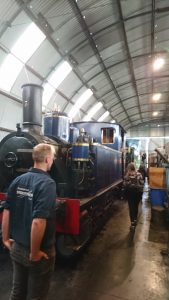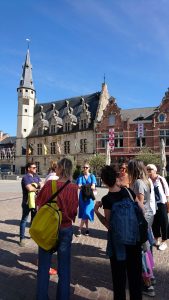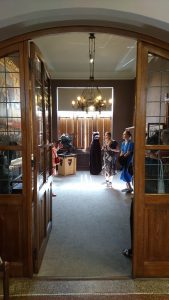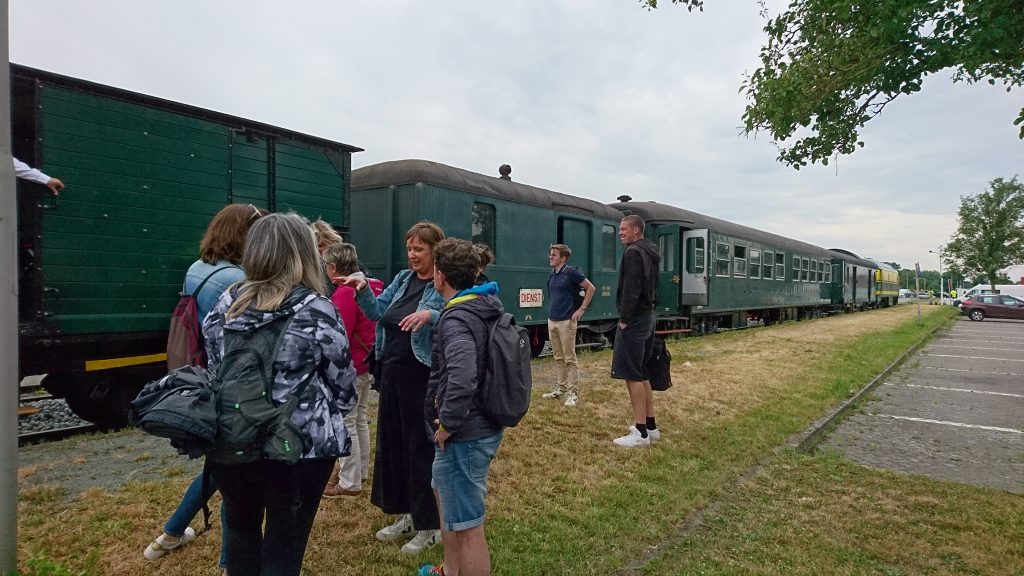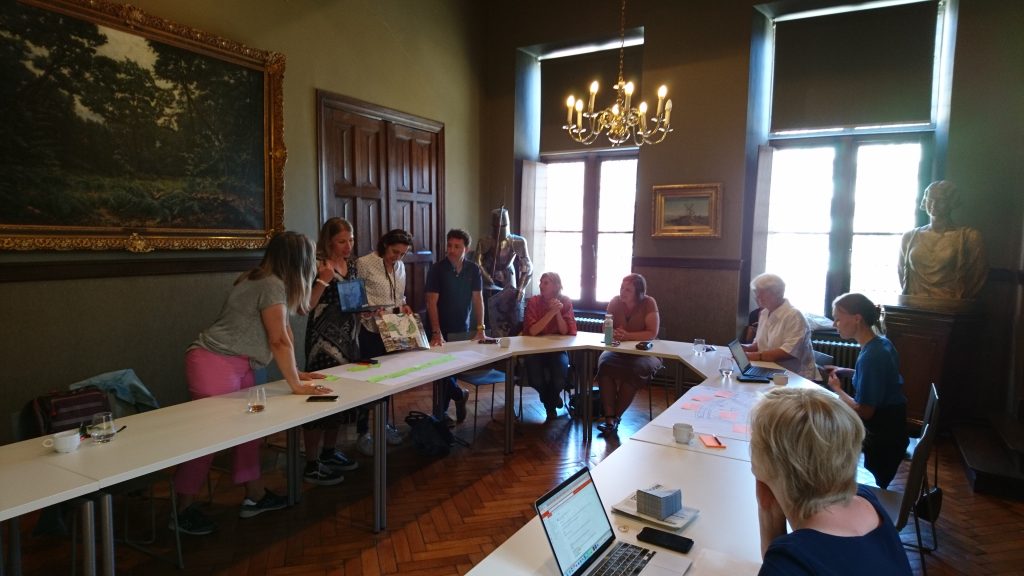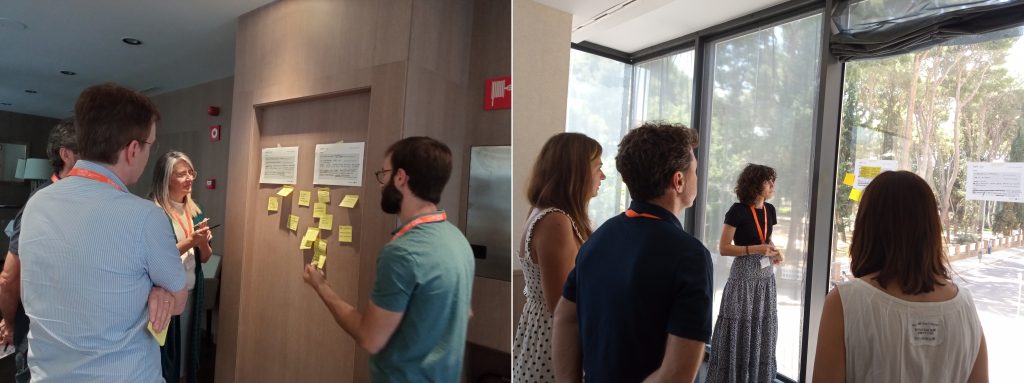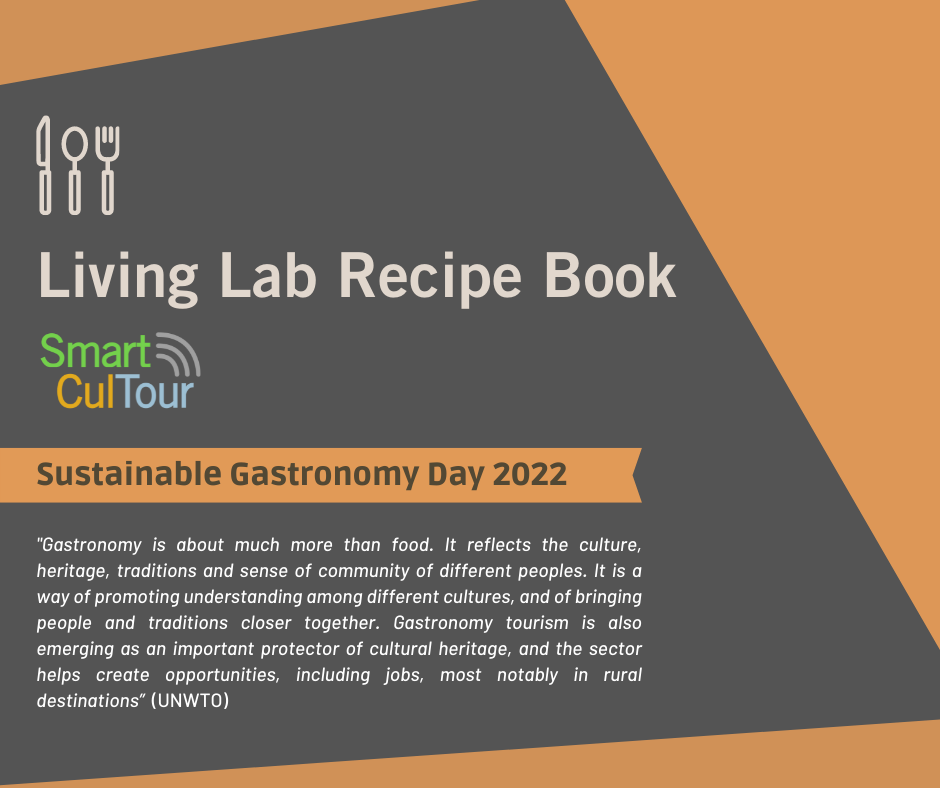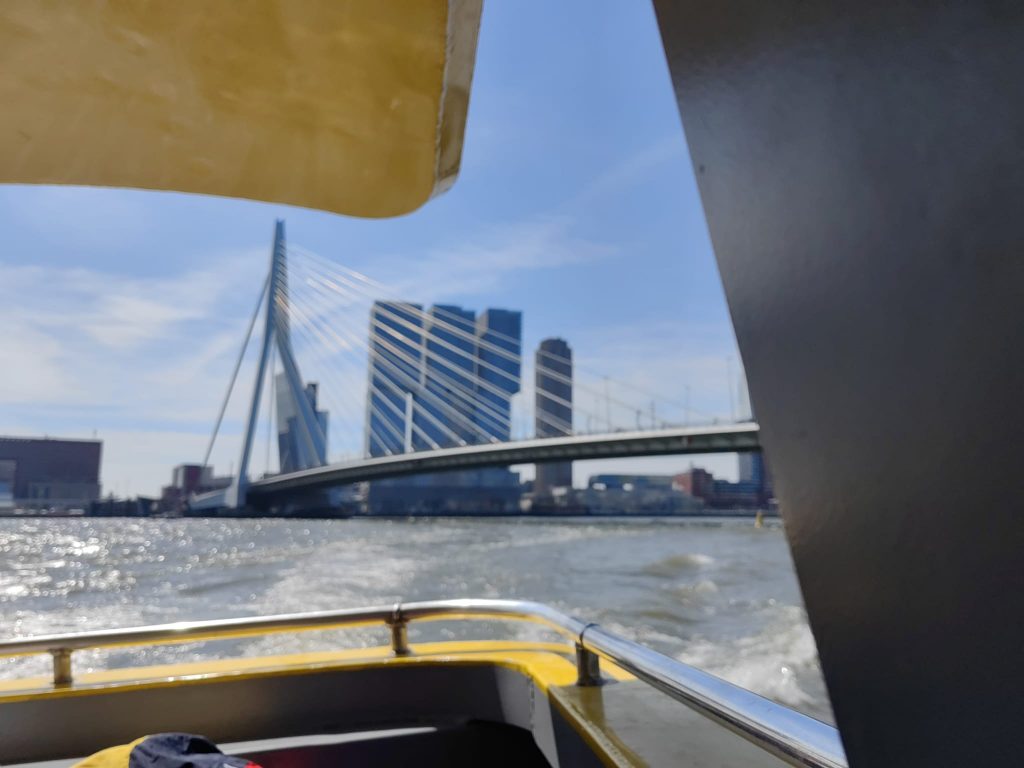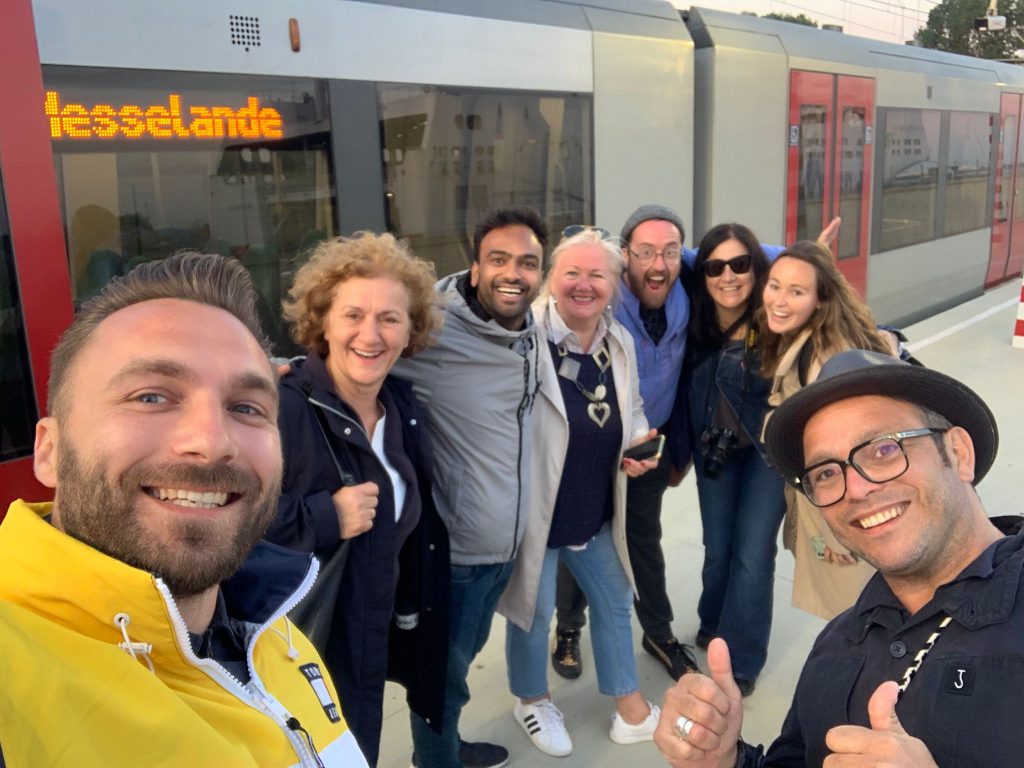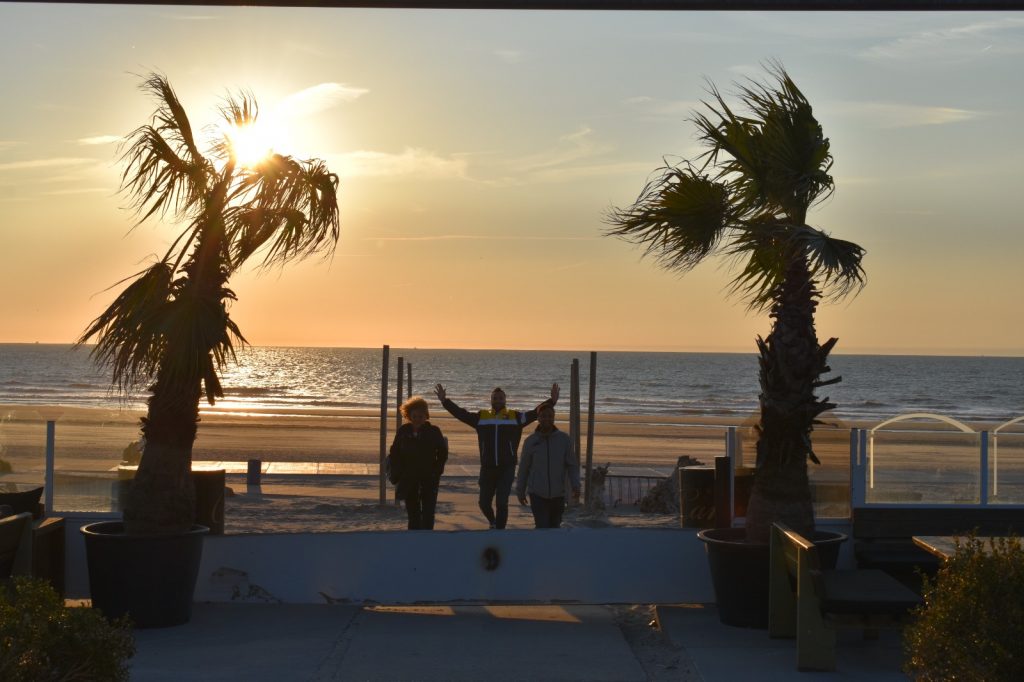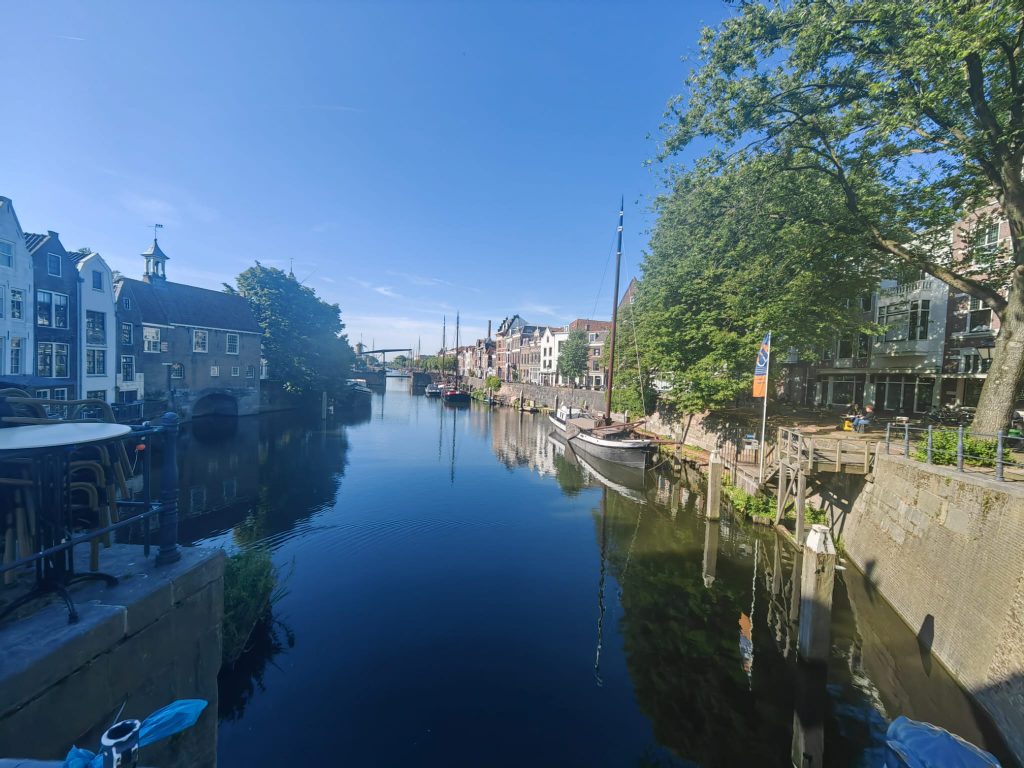International Festival of Masquerade Games Surova (Bulgaria, Pernik Region)
#3 Pernik, in central-western Bulgaria, is a post-industrial town facing issues of rapid depopulation due to unemployment and lack of opportunities. Despite not being a famous tourist destination, Pernik is well-known for the International Festival of Masquerade Games, the most important event in the region. It takes place every year on the last weekend of January. Nowadays, more than 100 groups from Bulgaria and other countries, with more than 6000 (up to 9000) masked performers take part in the Festival, while national and foreign media actively cover the events. Each edition attracts approximately 250,000-300,000 visitors. It lasts three days and its core attraction consists of the parade of masquerade groups along the roads of the city centre which, ultimately, culminates in the main square where the stage is set up. Today, the Festival can be considered an umbrella intervention, encompassing both cultural tourism interventions and interventions that, instead, mainly target the local community. For instance, during the month of January, museums, art galleries, and cultural community centres usually put on exhibitions related to the Surova tradition. Here, the local community has an essential and active role in the organization of the Festival-related events and takes action voluntarily to support the organization. Local businesses are also involved. Some of them are willing to make financial donations and give their support to strengthen the event and cooperate in its development. In addition, since 2015, the NGO “Local Heritage” has been working in the field of heritage conservation with the aim to support the Festival through communication and dissemination activities. For instance, in 2019, the same association organized workshops to make traditional Survakari masks and created an interactive website to present the masquerade tradition and the Survakari identity. Of course, the overall intervention had a huge impact on the territory. The arrival of approximately 300,000 visitors generates a positive economic impact and, at the same time, enhances socialization among people from different social, professional, and age groups, strengthening social cohesion. In particular, the Festival offers the opportunity to become more acquainted with the cultural specificities of different regions, contributing to intercultural dialogue. There might also be, to some extent, an impact on socio-demographic trends, due to the increasing number of foreigners settling down in the villages around Pernik, attracted by the Festival and the local cultural heritage. Finally, although the Festival has to improve its strategic vision to preserve the sustainability of the entire event, the constant passion, commitment, and resources invested by local administrative entities and cultural institutions have been decisive for the socio-economic benefits generated by the Festival. Their actions have certainly been inspired by the peculiar participatory approach that allows for a continuous flow of inputs from the local community.



